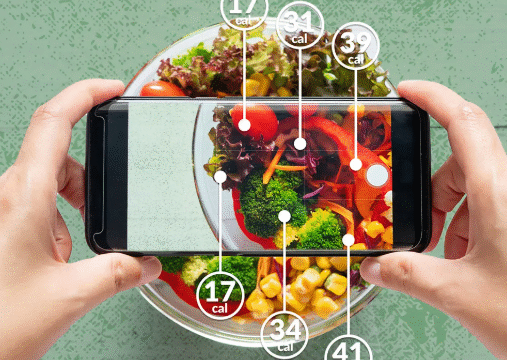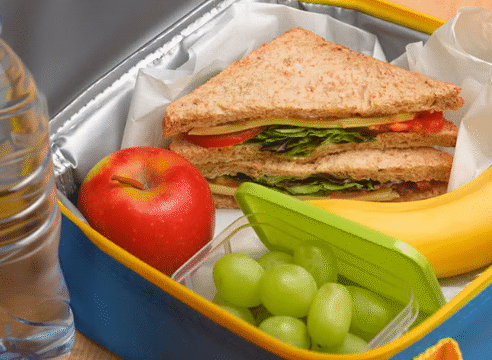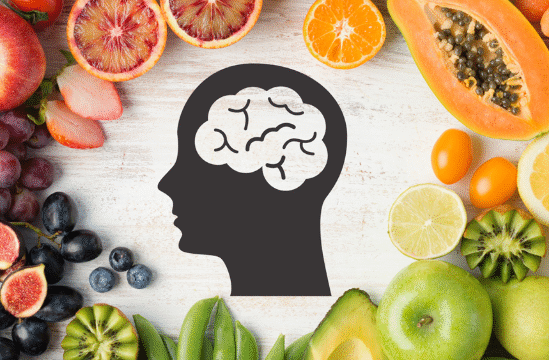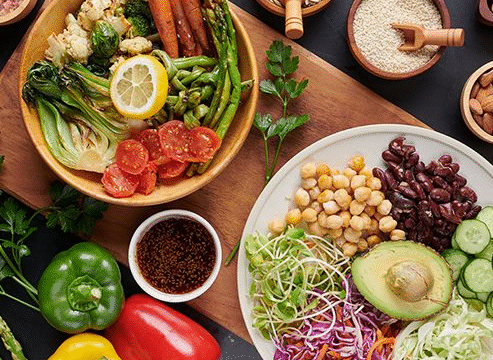Preparing school lunches that are both healthy and appealing can be a daily challenge for many parents. Children need meals that keep their energy steady and their minds focused throughout the day. Low glycemic index (GI) foods can help make that possible. These foods release energy slowly, preventing sudden spikes and drops in blood sugar levels that can lead to tiredness or irritability. With a little creativity and planning, you can build delicious, low GI lunches that kids will actually look forward to eating.
Low GI foods are those that have a gradual impact on blood sugar. They include whole grains, legumes, most fruits, vegetables, nuts, seeds, and dairy products like yogurt or cheese. The goal when planning a lunch is to combine these foods in ways that are balanced and satisfying. Children often prefer familiar flavors, so you can adapt traditional lunch favorites into healthier versions by making simple ingredient swaps.
One easy place to start is with sandwiches. Instead of using white bread, try whole grain or multigrain options, which have a much lower GI. Whole grain wraps or pita pockets can also make a fun alternative. For fillings, lean proteins like grilled chicken, turkey, tuna, or even boiled eggs work well. Adding lettuce, tomato, cucumber, or avocado not only increases nutrition but also helps keep the meal more filling. A thin layer of hummus or natural peanut butter adds healthy fat and extra flavor without the need for sugary sauces.
Salads are another excellent choice for a low GI lunch, though they may need a creative twist to appeal to younger eaters. Pasta salads made with whole wheat or lentil-based pasta hold up well in lunchboxes. Mix them with diced vegetables, a handful of cheese cubes, and a light dressing made from olive oil and lemon juice. Quinoa or brown rice salads can also be made more fun by adding colorful vegetables like corn, peas, and bell peppers. To make it more appealing, you can include a small container of dressing or sauce so your child can mix it in right before eating.
Homemade snack boxes can make lunch feel more like an adventure. You can divide a lunchbox into small compartments with different foods that balance protein, fiber, and flavor. Think of cubes of cheese with whole grain crackers, apple slices with nut butter, or a small portion of roasted chickpeas alongside baby carrots. These little bites keep the meal exciting and help children explore different textures and flavors. The key is to make each compartment colorful and varied, so it feels like a treat rather than a chore.
Soups can also be great low GI lunches, especially for cooler days. Lentil soup, vegetable soup, or chicken and barley soup can be made ahead of time and packed in a thermos to stay warm. These are nutrient-dense and full of fiber, keeping kids full for hours. Adding whole grain bread on the side makes it even more satisfying. If your child prefers something heartier, a homemade stew with lean meat and vegetables can work well too.
It is also important to include fruits in school lunches, but some choices are better than others for maintaining stable blood sugar levels. Apples, pears, berries, oranges, and peaches are all low GI fruits that hold up well in lunchboxes. Pairing fruit with protein or healthy fat helps balance the meal further. For example, an apple with a few almonds or Greek yogurt with berries can be a perfect snack combination that keeps energy levels steady through the afternoon.
Desserts and treats can still fit into a low GI lunch plan. The idea is to choose or prepare versions that rely on natural sweetness and whole ingredients. Homemade muffins made with oats, almond flour, or whole wheat flour can be flavored with mashed banana, grated carrot, or apple. You can lightly sweeten them with honey or dates instead of refined sugar. Oat bars made with nuts and seeds also work beautifully and give a satisfying crunch while delivering lasting energy.
Drinks are another area where small changes can make a big difference. Many store-bought juices and flavored drinks contain added sugars that raise the GI of the meal. Water is always the best choice, but if you want to offer something different, consider unsweetened milk or diluted fruit juice. Another idea is to infuse water with slices of lemon, cucumber, or berries to make it more fun without adding sugar.
To keep lunches fresh and appealing, a little planning goes a long way. Preparing ingredients the night before or batch cooking grains like quinoa and brown rice over the weekend can save valuable morning time. Storing washed and chopped vegetables in containers makes it easier to assemble lunches quickly. Letting children help choose from a few healthy options can also encourage them to eat what you pack. They may enjoy helping to mix ingredients, pick fruit, or portion snacks, which builds a sense of ownership and excitement.
Low GI lunches not only support balanced energy but can also improve concentration and mood during school hours. Many parents notice that when their children eat less refined sugar and more fiber-rich foods, they stay more alert and satisfied for longer periods. The benefits go beyond the classroom, too, since steady energy helps children feel better during after-school activities and homework time.
When developing a routine for low GI school lunches, flexibility is important. Some days might include a sandwich, others a salad or bento-style box. The goal is not perfection but consistency. Even making a few swaps, like using whole grain bread instead of white or packing fruit instead of cookies, can make a meaningful difference over time.
Finally, remember that food is not just about nutrition but also enjoyment. Encourage your child to share feedback about what they liked and what they might want to try next. You can introduce new ingredients gradually and pair them with familiar favorites. Over time, they may develop a genuine taste for wholesome, low GI foods that make them feel good and perform their best.
Creating low GI school lunches can be simple once you have the right foundation. By focusing on whole grains, lean proteins, fruits, vegetables, and healthy fats, you can provide meals that nourish both the body and the mind. Each lunchbox becomes an opportunity to support your child’s growth, energy, and happiness throughout the school day. With a little planning and creativity, healthy eating can easily become a routine that benefits the whole family.






